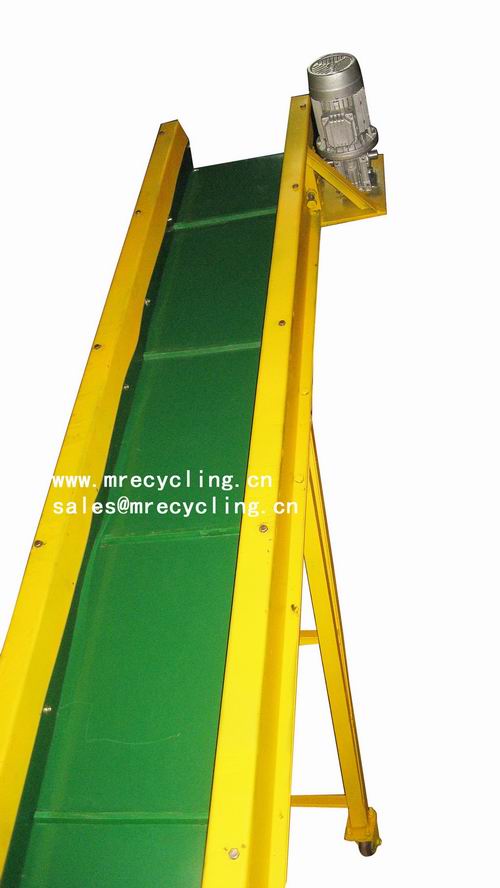The ore deposit belongs to the hard mineral stone. Their beneficiation complexity can be explained by the fact that gold is finely granulated in sulfide minerals and closely symbiotic with sulfide minerals. Complex structure-structural properties, as well as the presence of imaginary structures, make it difficult for these ores to achieve mineral dissociation and subsequent separation into qualified concentrates. For example, only 90% of the sulfide minerals were found to be dissociated in the -0.043mm class. These factors have led to the loss of a significant amount of precious metals (gold and silver) in tailings and substandard products.
According to the phase analysis data, the ore of a certain section of the XолσинÑкого deposit (which has been ground to 70%-0.074 mm) has a monomeric gold content of 20%-25%. The monomer gold content increased to 30%-35% after fine grinding to 90%-0.074mm, indicating that it is very closely symbiotic with sulfide minerals.
In all the gold extraction processes, almost all of the characteristics of gold-containing minerals dissolved in cyanide solutions are utilized. However, the main disadvantage of these processes is the high toxicity of cyanide and the ability of cyanide to interact with copper and zinc sulfides. The problem of detoxification treatment of cyanide-containing sewage has not yet been finally solved. The cyanide gold extraction process is also accompanied by a relatively high consumption of calcium hypochlorite and sodium sulfide to precipitate non-ferrous metals and to decontaminate sewage. Therefore, the use of a cyanide-free process to treat refractory ores containing precious metals is a very realistic task.
In order to process gold-containing sulfide ore, the author proposes a process flow (see figure).
It is stipulated that after the crushing and grinding in the first stage, the ore is selected in the second-stage washing equipment to separate the coarse-grained monomer gold on the deep-filling chute, and the fine-grained monomer gold is in turn in two Recycled on shallow fill chute. The fine gold from the slurry is recycled to the hydraulic trap located at the tail of the chute: the operation principle of the hydraulic trap is as follows: the material is loosened by the vertical flow of water, and thus formed by different dense Several layers of particles (the particles with the lowest density are distributed in the upper layer): the gold particles are lowered to the bottom and then re-selected on a shaker to separate the "golden concentrate" and the sulfide ore product.

The leaching process was carried out with calcium hypochlorite (8 g/L) in a HCl medium (15 g/L) of a laboratory metal percolator. The inner wall of the percolator is lined with an acid resistant material. The "live" bottom of the percolator is a metal grid plate lined with acid-resistant material. A piece of perforated polyvinyl chloride sheet is placed on the metal grid plate with a filter cloth. A number of adsorption columns were installed after the percolator, and a certain amount of activated carbon was charged therein.
The intensity of the sprayed blast on the ore is 18 to 2.2 L/h. After each spray cycle, the solution samples were taken before and after the adsorption process. A spray cycle lasts for 2 days and nights. The amount of gold and silver adsorbed on the activated carbon was analyzed. The leached ore sample was washed with water to pH = 7, then the percolator was removed, and the amount of residual Au Ag, Cu, Zn and Pb in the average sample of the dross was measured.
The metal concentration in the solution was determined by atomic absorption spectroscopy, and the gold content in the calcined slag was determined by a gold analysis method. It has been found that the gold recovery calculated from the residual gold content in the leaching residue after 10 days of leaching is 47.1% (see table).
Indicator of the gold leaching process
Leaching time d | Gold concentration in solution mg/L | Gold recovery rate% |
2 6 8 10 | 20 35 60.1 60.4 | 25 38.1 44.5 47.1 |
conveyor belt

The conveyor belt feeds cables&wires into the crusher for chopping.
cables&wires automatic drop into crusher via conveyor.
Measurement:L2000*W500*H1500(mm)
Power:1.5KW,380v-50hz.
Cable Conveyor, Wire Conveyor, Conveyor for Copper Granule
TAIZHOU GUANGLONG WIRE STRIPPING MACHINE MANUFACTURING CO.,LTD , https://www.scrap-wire-stripper.com
![<?echo $_SERVER['SERVER_NAME'];?>](/template/twentyseventeen/skin/images/header.jpg)